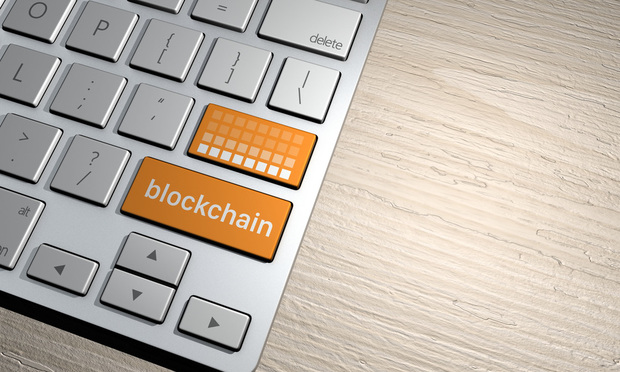Law.com Subscribers SAVE 30%
Call 855-808-4530 or email [email protected] to receive your discount on a new subscription.
Patentable Software: Will We Know It When We See It?
A fierce debate rages about whether software is patent eligible, and if so, in what form. Software companies line up on both sides of the battlefield, some arguing that all software patents stifle innovation while others argue for limited patent eligibility of software patents so long as the patent claims recite software that causes hardware to accomplish a particular narrowly defined function. Still others believe that the emphasis on 35 U.S.C. ' 101 is misplaced and, thus, would prefer to leave questions of patent eligibility for software to ” 102, 103 and 112. As the pressure mounts and public concern rises, we await further clarification, by Supreme Court or congressional action, as to whether software is patent eligible. In the meantime, patent applicants should hedge against any potential outcome by drafting applications having claim sets that attempt to comply with future adoptable patent eligibility tests.
Multiple Tests As 'Clues' for Patent Eligibility
This premium content is locked for Entertainment Law & Finance subscribers only
ENJOY UNLIMITED ACCESS TO THE SINGLE SOURCE OF OBJECTIVE LEGAL ANALYSIS, PRACTICAL INSIGHTS, AND NEWS IN ENTERTAINMENT LAW.
- Stay current on the latest information, rulings, regulations, and trends
- Includes practical, must-have information on copyrights, royalties, AI, and more
- Tap into expert guidance from top entertainment lawyers and experts
Already a have an account? Sign In Now Log In Now
For enterprise-wide or corporate acess, please contact Customer Service at [email protected] or 877-256-2473

Why So Many Great Lawyers Stink at Business Development and What Law Firms Are Doing About It
Why is it that those who are best skilled at advocating for others are ill-equipped at advocating for their own skills and what to do about it?

Bankruptcy Sales: Finding a Diamond In the Rough
There is no efficient market for the sale of bankruptcy assets. Inefficient markets yield a transactional drag, potentially dampening the ability of debtors and trustees to maximize value for creditors. This article identifies ways in which investors may more easily discover bankruptcy asset sales.

The DOJ's Corporate Enforcement Policy: One Year Later
The DOJ's Criminal Division issued three declinations since the issuance of the revised CEP a year ago. Review of these cases gives insight into DOJ's implementation of the new policy in practice.

A Lawyer's System for Active Reading
Active reading comprises many daily tasks lawyers engage in, including highlighting, annotating, note taking, comparing and searching texts. It demands more than flipping or turning pages.

Blockchain Domains: New Developments for Brand Owners
Blockchain domain names offer decentralized alternatives to traditional DNS-based domain names, promising enhanced security, privacy and censorship resistance. However, these benefits come with significant challenges, particularly for brand owners seeking to protect their trademarks in these new digital spaces.

